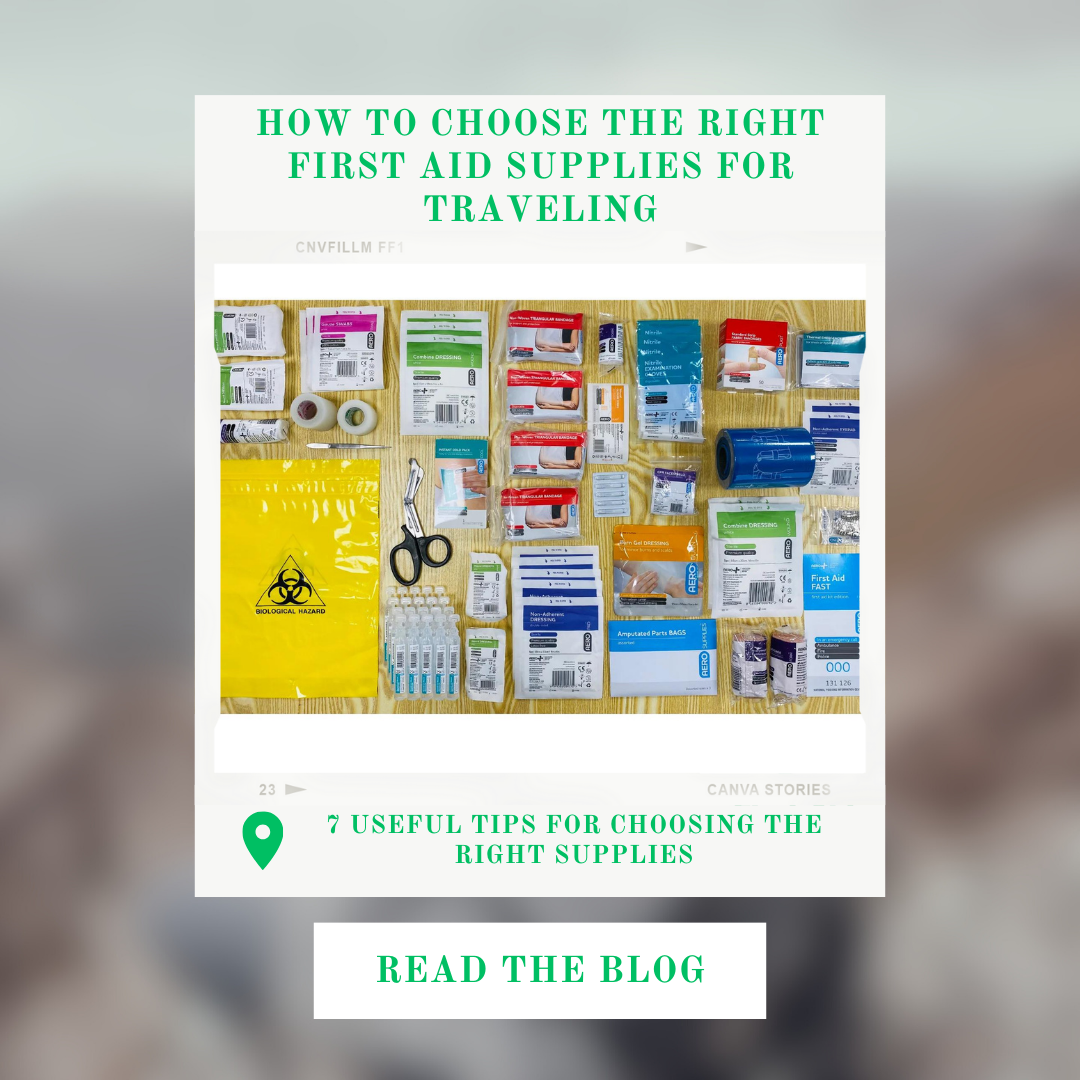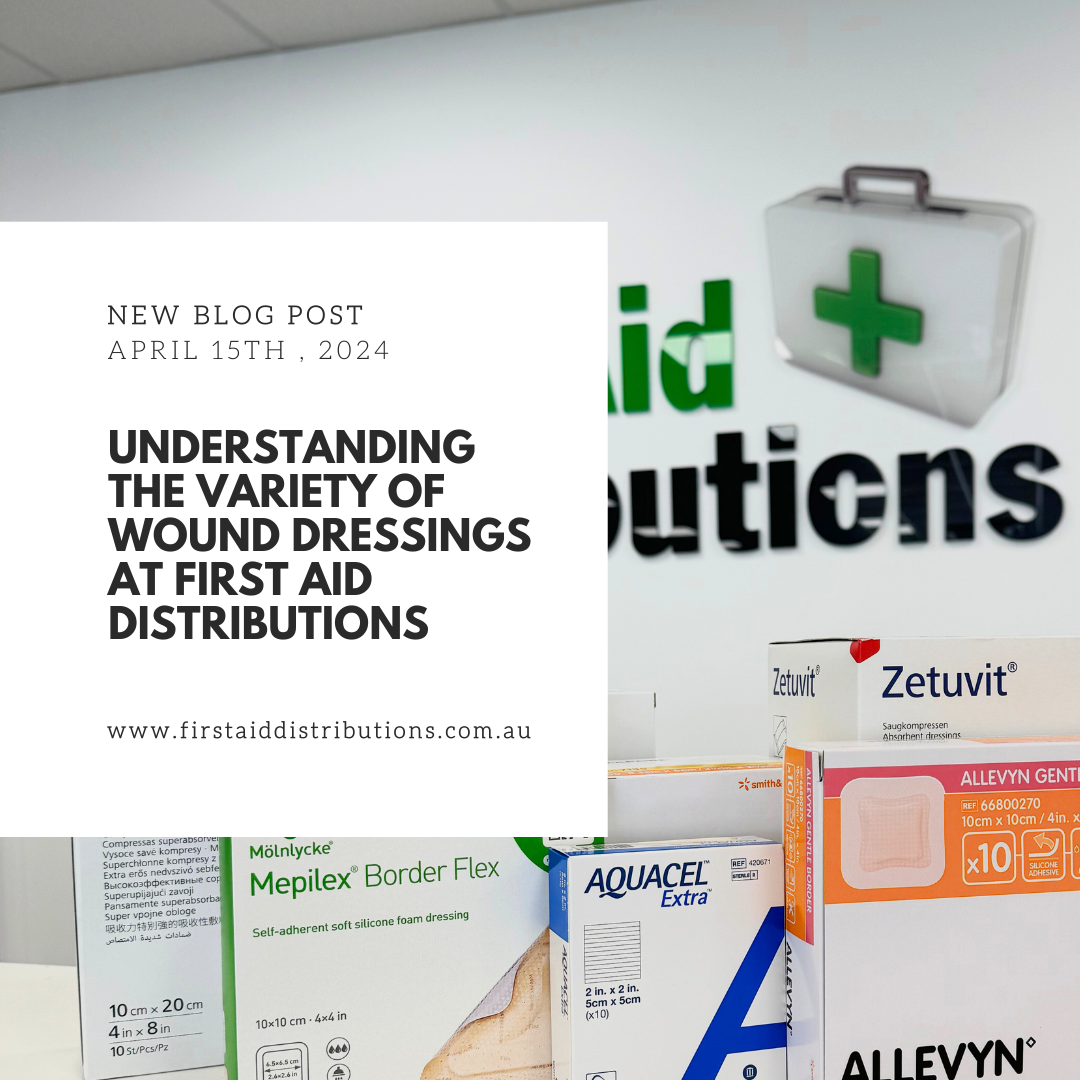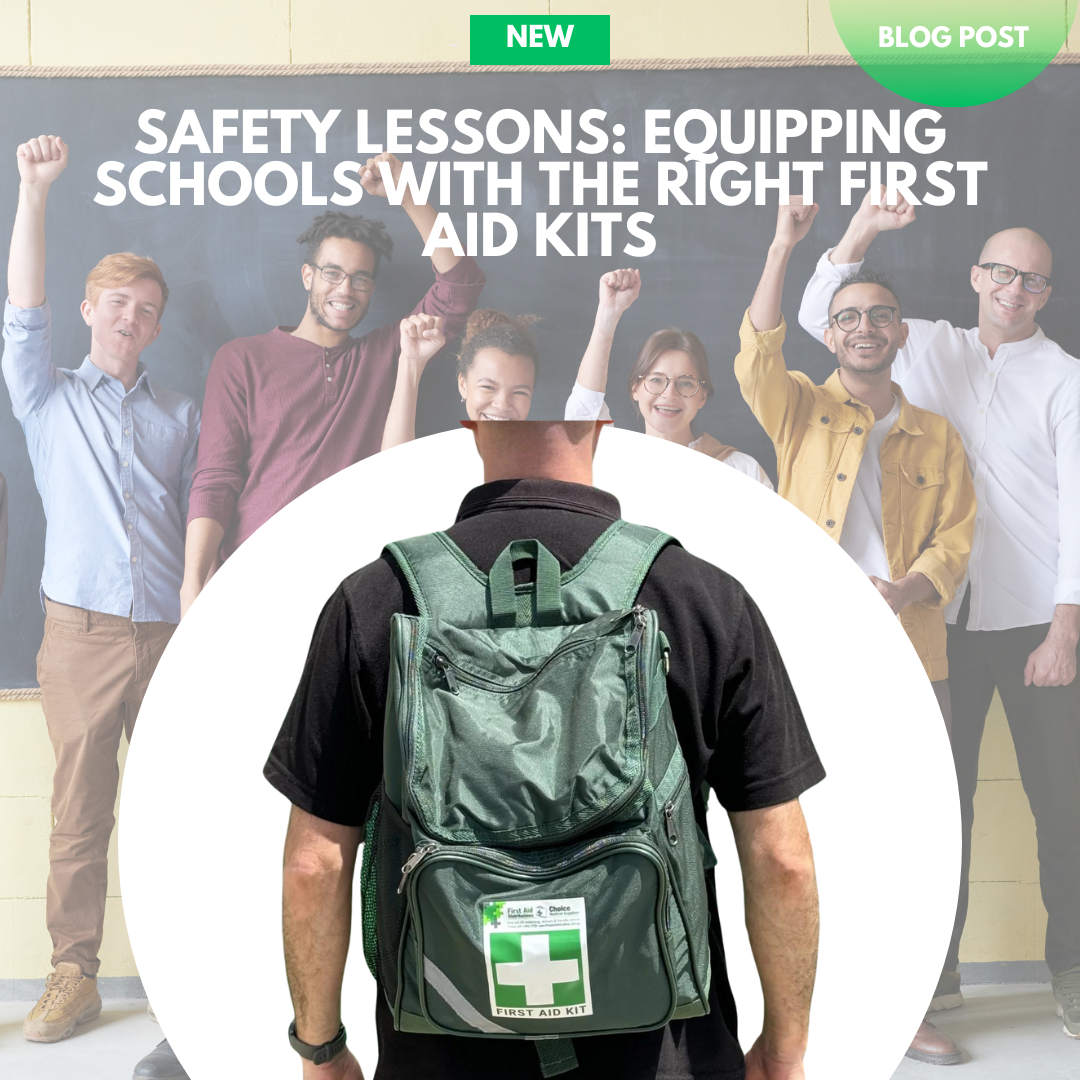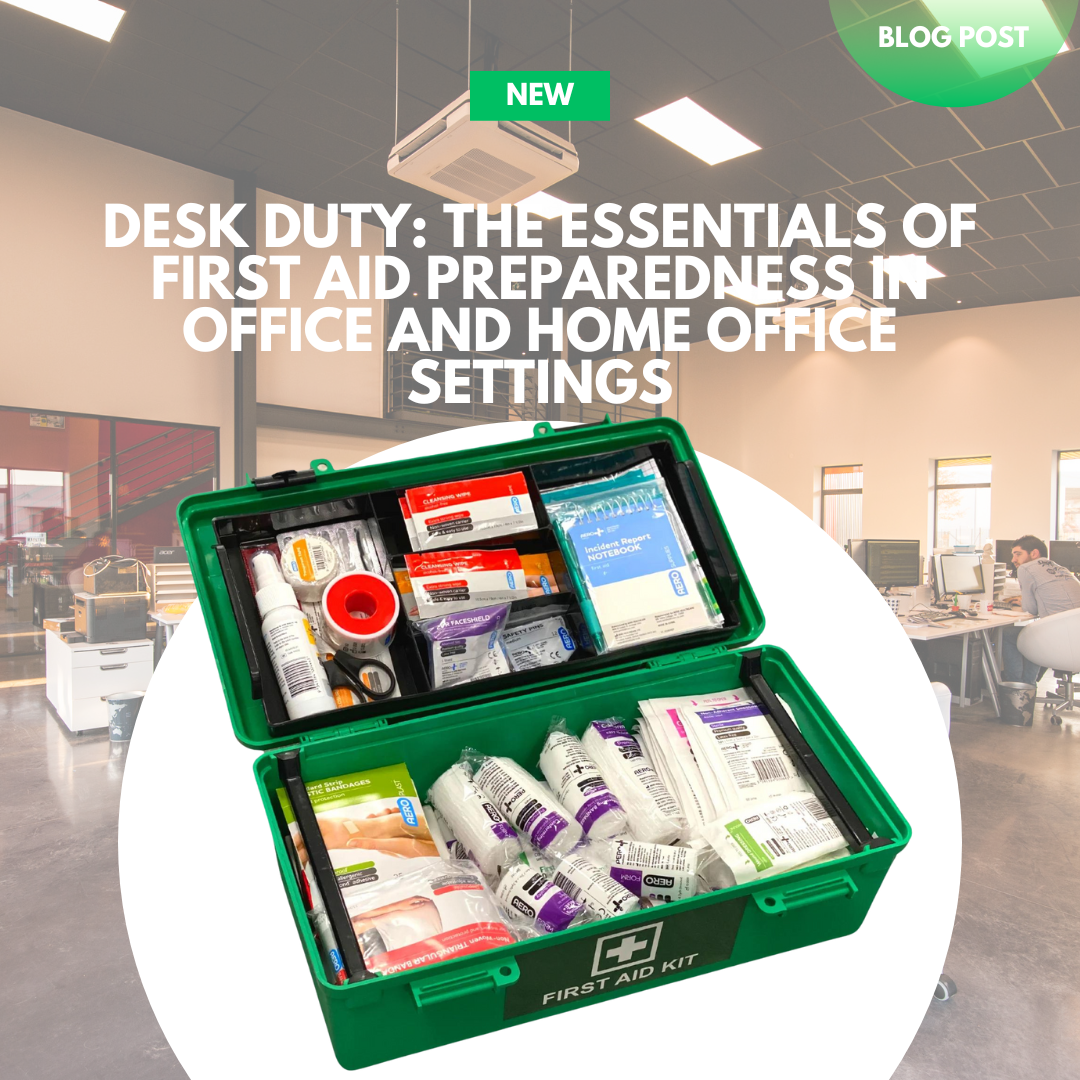
How to Choose the Right First Aid Supplies for Traveling
Traveling opens up a world of adventure and discovery, but it also brings the unpredictability of potential health issues and injuries. Being well-prepared with the right first aid supplies can make all the difference in handling minor mishaps or more serious situations. This guide delves deeper into how to select the essential items for your travel first aid kit, ensuring your journey is as safe as it is enjoyable.

1. Assess Your Destination and Activities:
- Environment-Specific Needs: Are you heading to the tropics, where insect bites are common, or to the mountains, where altitude sickness might be a concern? Tailor your kit to address these specific risks.
- Activity-Based Requirements: For adventure sports like hiking, camping, or skiing, include items like blister plasters and muscle sprains treatments. Urban explorers might focus more on pollution masks and hand sanitizer's.
2. Basic First Aid Items:
- Adhesive Bandages: Various sizes for different types of wounds.
- Antiseptic Wipes and Creams: To clean wounds and prevent infection.
- Sterile Gauze and Adhesive Tape: For larger cuts or abrasions.
- Scissors and Tweezers: For cutting tape or gauze and removing debris from wounds.
- Disposable Gloves: To maintain hygiene while treating injuries.

3. Medications:
- Pain Relievers: Ibuprofen, acetaminophen, or aspirin.
- Stomach Ailments: Antacids, Anti-diarrhoea medication, and laxatives.
- Allergy Medications: Antihistamines for unexpected allergic reactions.
4. Specialised Items:
- Insect Repellent and Sting Relief: Especially important in mosquito-prone areas.
- Sunburn Relief: Aloe vera gel or other soothing creams.
- Altitude Sickness Medication: If traveling to high altitudes, this can be a lifesaver.
- Thermometer: To monitor for fever, which can be a sign of various conditions.
5. Personal Medications:
- Regular Prescriptions: Carry enough for the duration of your trip, plus some extra in case of travel delays.
- Copy of Prescription: Useful for customs and in case you need a refill abroad.
- Doctor’s Note: For medications that are controlled substances in certain countries.
6. First Aid Manual:
- Compact Guidebook: Offers quick reference for various medical situations.
- Emergency Procedures: Basic instructions on handling common emergencies.
- Local Emergency Numbers: Include a list of emergency contacts for the countries you're visiting.
7. Additional Considerations:
- Kit Size and Portability: Your kit should be compact enough to fit in your luggage but accessible at all times.
- Check Local Laws: Some countries have restrictions on certain over-the-counter medications.
- Refresh Your Skills: Consider a first aid course to familiarise yourself with using the items in your kit.
Your first aid kit is your frontline defence against minor health issues and injuries while traveling. By tailoring your kit to your destination and activities, packing essential items, and being prepared for emergencies, you can enjoy a safer and more relaxed trip. Remember, while a well-stocked first aid kit is essential, it’s also important to know when to seek professional medical help. Safe travels and be prepared for every adventure life throws your way!




